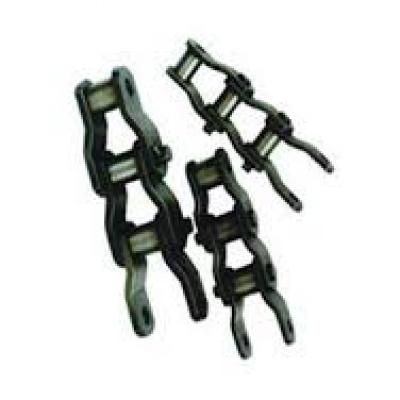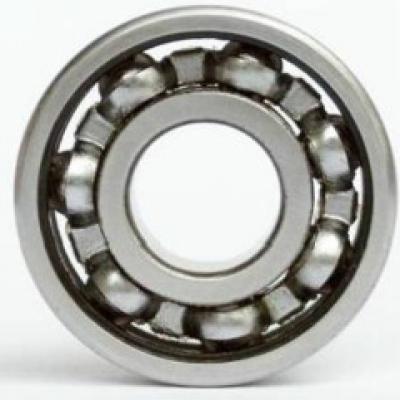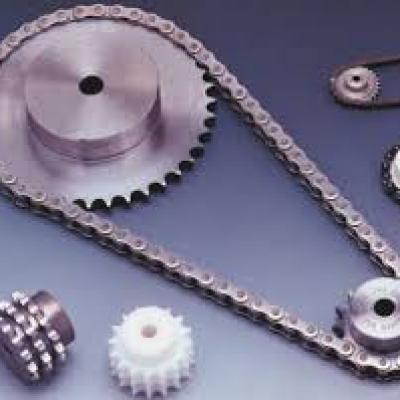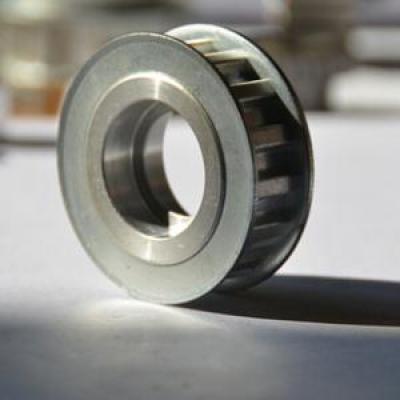The Production and Application Scenarios of Casting Pulley
The Production and Application Scenarios of Casting PulleyIn the realm of mechanical transmission, the casting pulley plays a crucial and irreplaceable role.
I. Production Process of Casting Pulleys
The production of casting pulleys commences with meticulous mold preparation. Skilled workers, often leveraging computer-aided design (CAD) models, craft precise sand molds or invest in more durable metal molds depending on the production volume. High-quality molten metal, typically aluminum, cast iron, or steel alloys, is then sourced. Aluminum pulleys are favored for their lightweight nature, which reduces inertia and is suitable for high-speed, low-torque applications. Cast iron, on the other hand, offers excellent wear resistance and cost-effectiveness, making it a staple for industrial machinery with moderate demands.
Once the molten metal reaches the optimal pouring temperature, it is carefully poured into the waiting molds. After solidification, which is a carefully monitored process to prevent defects like shrinkage cavities or porosity, the rough pulley casting emerges. Post-casting, a series of finishing operations follow. Machining is carried out to achieve the required dimensional accuracy, with lathes and milling machines cutting the grooves, bores, and outer diameters to tight tolerances. Surface treatments such as polishing, painting, or plating may also be applied to enhance corrosion resistance and appearance.
II. Scene Usage of Casting Pulleys
In industrial factories, casting pulleys are the backbone of conveyor belt systems. These robust pulleys are installed at key points along the conveyor, driving the continuous movement of belts that transport everything from raw materials like coal and ores in mining facilities to finished consumer goods in packaging plants. Their reliability ensures seamless production flow, minimizing costly downtime.
Automotive manufacturing plants also rely heavily on casting pulleys. In the engine compartment, pulleys are part of the serpentine belt system, which powers auxiliary components such as the alternator, water pump, and air conditioning compressor. The precisely engineered casting pulleys here must operate under high rotational speeds and variable loads, guaranteeing efficient energy transfer to keep the vehicle's vital functions running smoothly.
Moreover, in agricultural machinery, casting pulleys are integral to the operation of harvesters, tractors, and threshers. They enable the transfer of power from engines to different working parts, like the cutting blades in a combine harvester or the driving wheels of a tractor. Given the harsh and dusty outdoor environments, the durability and resilience of casting pulleys are constantly put to the test, yet they continue to power the backbone of the agricultural sector.
In summary, the sophisticated production process of casting pulleys underpins their wide-ranging applications across diverse industries. Their consistent performance is essential for maintaining the operational efficiency of countless mechanical systems, and continuous innovation in production techniques will only further expand their utility in the future.





